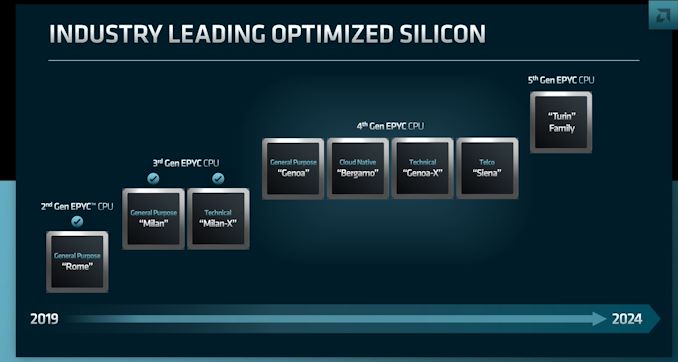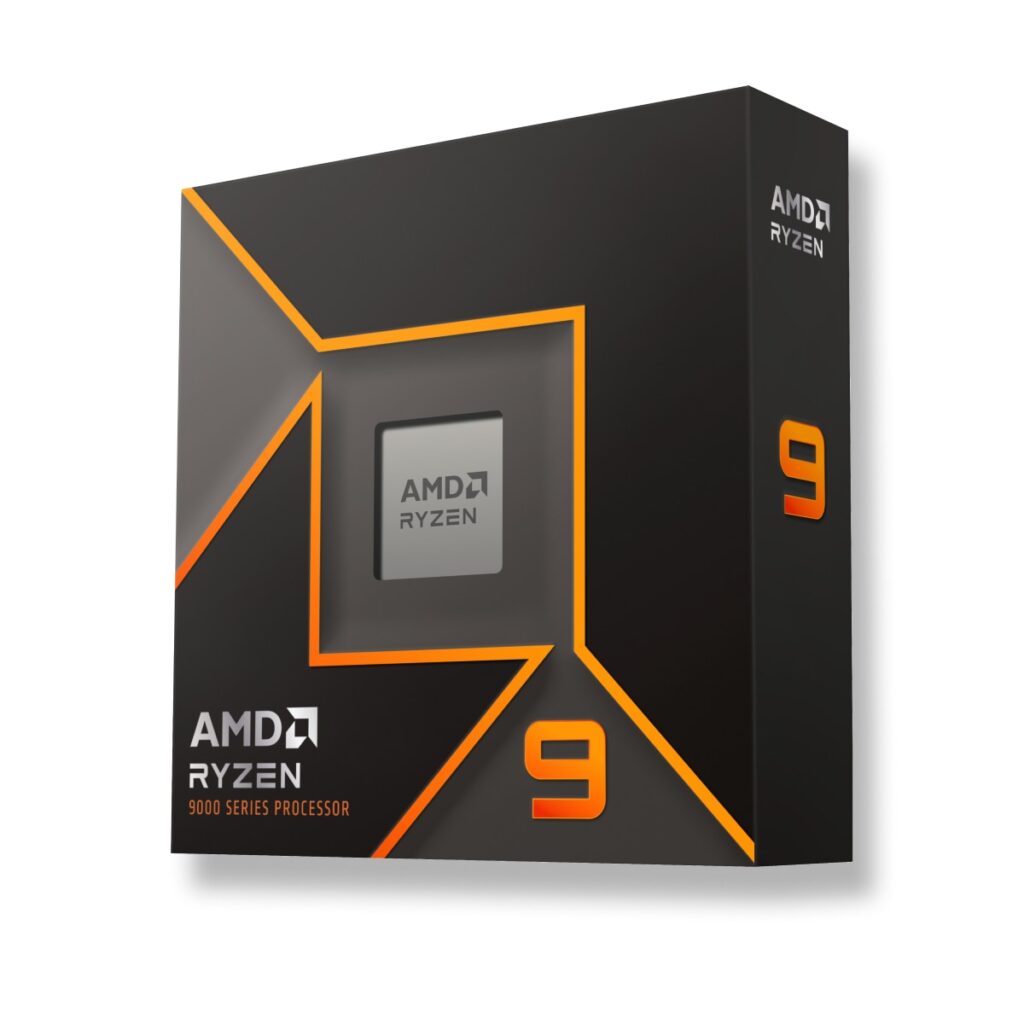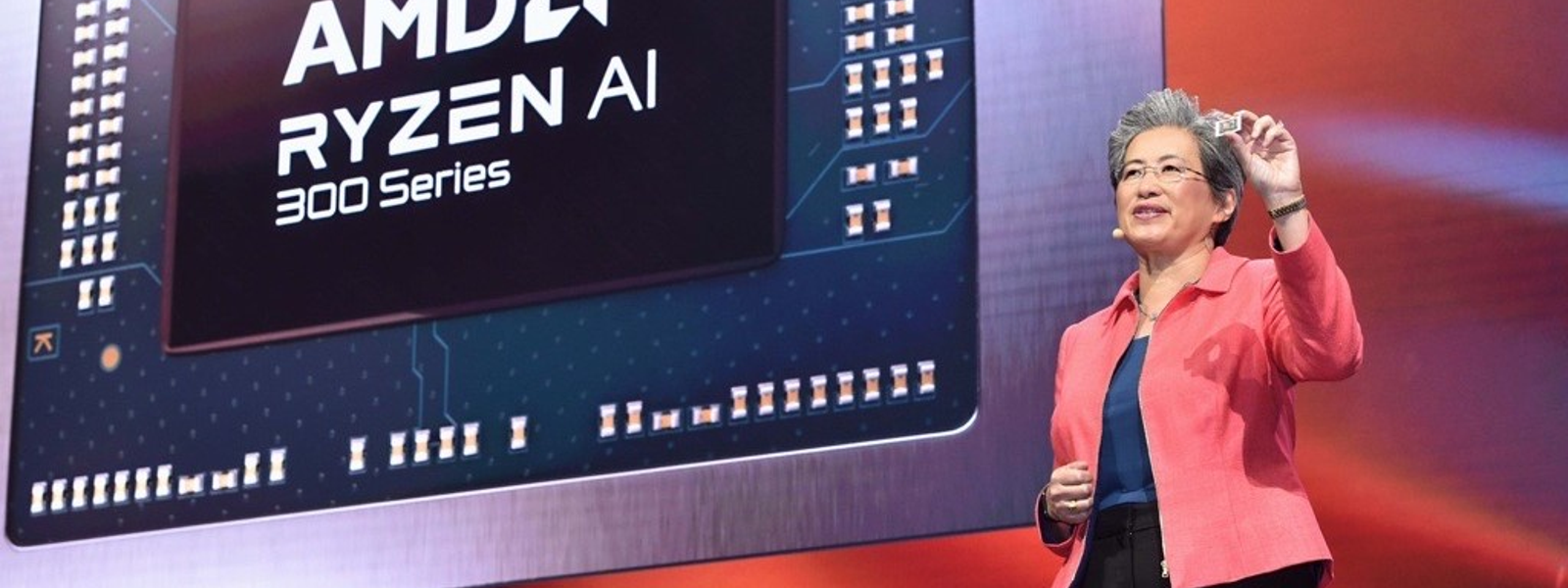Industry giant AMD delivered a highly anticipated keynote at Computex 2024, held from June 4-7 at the Taipei Nangang Exhibition Center Hall 1. Tech enthusiasts, gamers, and regular users are still gushing over the groundbreaking announcements from key industry players. AMD, a leader in the semiconductor industry, showcased a series of innovative products and technologies designed to revolutionize AI infrastructure and enhance computing performance.
Wanna know what went down with the AMD Computex 2024? Read on!
Photo Source: Rock Paper Shotgun
AMD Computex 2024 Announcements
The AMD keynote at Computex 2024 was delivered by CEO Lisa Su. She highlighted several major developments:
1. Expanded AMD Instinct Accelerator Roadmap
AMD introduced an annual cadence of leadership AI accelerators, including the new AMD Instinct MI325X. This accelerator boasts 288GB of ultra-fast HBM3E memory and is scheduled for release in Q4 2024.

What it means for AMD users: The introduction of the AMD Instinct MI325X signals a significant leap in AI processing capabilities. For current AMD users, particularly those in data centers and enterprises focused on AI and machine learning workloads, this means access to cutting-edge technology that can handle more data, faster and more efficiently. The increased memory capacity and speed will enable users to process larger datasets and more complex models, improving AI performance and reducing time to insights.
2. 5th Gen AMD EPYC Server Processors
On track for a launch in the second half of 2024, these processors promise significant improvements in performance and efficiency, aiming to lead the market in data center solutions.

What it means for AMD users: Current AMD users, especially those in the enterprise and data center markets, can expect a substantial boost in computational power and energy efficiency with the 5th Gen EPYC processors. This upgrade will help businesses run more applications concurrently and manage workloads more effectively, leading to cost savings and better overall performance for critical business operations.
3. AMD Ryzen AI 300 Series
The third generation of AMD AI-enabled mobile processors was revealed, delivering NPU performance of 50 TOPS. These processors feature up to 12 high-performance “Zen 5” cores and 24 threads, offering exceptional performance in ultrathin laptops. Built on the new AMD XDNA 2 architecture, the Ryzen AI series is designed to efficiently handle local AI workloads, enhancing productivity and creativity while maintaining power efficiency.

What it means for AMD users: For mobile users, particularly those using ultrathin laptops, the AMD Ryzen AI 300 Series represents a significant upgrade. The enhanced AI capabilities mean that tasks such as real-time language translation, advanced image and video processing, and other AI-driven applications will run more smoothly and efficiently. Users can expect a boost in productivity and creativity, with devices that handle intensive tasks while maintaining excellent battery life.
4. AMD Ryzen 9000 Series
For desktop and laptop PCs, this series introduces new levels of performance, leveraging AMD’s latest architectures to deliver fluid framerates and AAA gaming experiences through the integrated AMD Radeon 800M Series graphics.

What it means for AMD users: Gamers and PC enthusiasts will particularly benefit from the Ryzen 9000 Series. The integration of the latest AMD Radeon 800M Series graphics ensures that users can enjoy high-quality gaming experiences with fluid framerates, even in demanding AAA titles. Additionally, the new processors will offer superior multitasking capabilities and better overall system performance, making them ideal for both gaming and professional applications such as video editing and 3D rendering.
What is the latest generation of Ryzen? Meet the Ryzen 9000 Series
Unveiled at AMD Computex 2024, the latest generation of Ryzen processors is the Ryzen 9000 series, representing a pinnacle of performance and innovation in desktop computing. Built upon the advanced Zen 5 architecture, these processors redefine expectations with groundbreaking specifications and capabilities.
Last update on 2026-01-07 / As an Amazon Associate, we earn from qualifying purchases. Learn more about us.
Key Features and Innovations
Here are the key specifications of the processor according to latest AMD Computex 2024 news:
1. Performance Revolution
The Ryzen 9000 series is engineered to deliver unprecedented computing power. With flagship models like the AMD Ryzen™ 9 9950X boasting 16 cores and 32 threads, these processors are designed to handle the most demanding tasks effortlessly. Clock speeds soar up to 5.7 GHz with Precision Boost technology, ensuring exceptional responsiveness and efficiency across applications.
2. Zen 5 Architecture
At the heart of Ryzen 9000 series processors lies the Zen 5 architecture, fabricated using TSMC’s cutting-edge 4nm FinFET process for optimal performance and power efficiency. This architecture not only enhances raw processing capabilities but also integrates advanced technologies like AVX512 and AMD-V, catering to the needs of both gamers and content creators alike.
3. Massive Cache and Memory Support
To accelerate data access and processing, Ryzen 9000 processors feature substantial cache sizes with up to 64MB of L3 cache. They support DDR5 memory technology, offering blazing-fast speeds up to DDR5-5600, and PCIe 5.0 interface for unparalleled data transfer rates and future-proof connectivity.
4. Integrated Graphics and Gaming Performance
AMD introduces integrated AMD Radeon™ Graphics in Ryzen 9000 series processors, enhancing gaming and multimedia experiences without the need for a discrete GPU. With up to 2200 MHz graphics core frequency and support for DirectX 12 Ultimate, these processors deliver smooth gameplay and exceptional visual fidelity across a wide range of titles.
5. Advanced Overclocking and Cooling Solutions
Built for enthusiasts, Ryzen 9000 series processors are unlocked for overclocking, leveraging AMD EXPO™ Memory Overclocking Technology and Precision Boost Overdrive to push performance limits further. A robust cooling solution, such as a liquid cooler, is recommended to maintain optimal operation under high workloads.
6. Platform and Connectivity
Compatible with the AM5 socket and a range of supporting chipsets including A620, X670, and B650, Ryzen 9000 processors offer extensive connectivity options. They feature native USB 3.2 Gen 2 and USB Type-C® DisplayPort™ Alternate Mode, along with NVMe RAID support, ensuring seamless integration with modern peripherals and storage devices.
7. Future Prospects
Looking ahead, AMD plans to introduce 3D V-cache variants of Ryzen 9000 series processors, expected to enhance cache performance and further elevate gaming and productivity capabilities. This evolution underscores AMD’s commitment to innovation and delivering unmatched performance solutions to PC enthusiasts and professionals worldwide.
Intel Computex 2024: Is AMD better than Intel?
At Computex 2024, Intel CEO Pat Gelsinger unveiled a series of groundbreaking technologies aimed at advancing performance, efficiency, and AI integration across various computing platforms. Intel’s announcements centered on empowering open ecosystems and expanding AI capabilities to make computing more accessible and cost-efficient for all users and enterprises.
Key Highlights from Intel’s Computex 2024 Announcements
- Lunar Lake Client Processor Architecture: Intel introduced the Lunar Lake architecture, a revolutionary design for AI PCs. Built to excel in power efficiency and performance, Lunar Lake integrates new Performance-cores (P-cores) and Efficient-cores (E-cores). These enhancements deliver up to 40% lower system-on-chip power compared to the previous generation, alongside a 4x faster neural processing unit for significant gains in generative AI capabilities. With improvements in Xe2 graphics processing unit cores, Lunar Lake promises a 1.5x boost in gaming and graphics performance over its predecessor.
- Intel Xeon 6 Processors: The launch of Intel Xeon 6 processors marks a significant step in addressing diverse compute needs from AI to cloud-native applications. Featuring both E-core and P-core options, these processors deliver exceptional performance per watt. The first member, Sierra Forest, offers high core density and up to 4.2x performance gains in media transcode workloads compared to previous generations. Intel plans to introduce P-core variants, code-named Granite Rapids, in the third quarter of 2024, further enhancing compute-intensive capabilities for AI and other demanding tasks.
- Intel Gaudi AI Accelerators: Intel unveiled Intel Gaudi 2 and Gaudi 3 AI accelerator kits, designed to optimize generative AI performance with significant cost advantages. The standard AI kit, including eight Gaudi 2 accelerators with a universal baseboard, is priced competitively at $65,000, while the Gaudi 3 kit is listed at $125,000. These kits offer compelling price-performance ratios, making them attractive options for system providers aiming to deploy AI solutions efficiently.
Intel Comparison with AMD at the Computex 2024
Intel’s emphasis at Computex 2024 on AI integration across diverse computing platforms underscores its commitment to pushing the boundaries of performance and efficiency. AMD’s Ryzen 9000 series, on the other hand, focuses on raw processing power and efficiency with the Zen 5 architecture. Both companies aim to cater to a broad spectrum of user needs, from gaming enthusiasts to enterprise clients, through innovations in AI, graphics performance, and overall system efficiency.
Final Thought
The announcements from AMD at Computex 2024 showcased the company’s unwavering commitment to innovation and performance leadership in the semiconductor industry. With groundbreaking introductions like the AMD Instinct MI325X for AI acceleration, 5th Gen AMD EPYC processors for data centers, and the Ryzen 9000 Series for desktops and laptops, AMD redefines computing capabilities across diverse applications. These advancements not only promise to enhance productivity and gaming experiences but also underline AMD’s pivotal role in shaping the future of AI infrastructure and high-performance computing. As tech enthusiasts look forward to these cutting-edge solutions, AMD remains poised to deliver on its promise of transformative technology for years to come.
Frequently Asked Questions
Is Ryzen 9th Gen out?
Yes, AMD launched the Ryzen 9000 series at Computex 2024, marking the arrival of the 9th generation Ryzen processors. Built on the Zen 5 architecture and featuring advanced specifications such as up to 16 cores and 32 threads, Ryzen 9000 processors redefine performance and efficiency benchmarks for desktop computing.
Is the Ryzen 9000 better than the Ryzen 7000?
Yes, Ryzen 9000 processors are generally superior to Ryzen 7000 series processors in terms of performance and features. The Ryzen 9000 series introduces the Zen 5 architecture on a 4nm process node, offering enhanced clock speeds, larger cache sizes, and support for DDR5 memory and PCIe 5.0. These advancements translate to improved single-threaded performance, multitasking capabilities, and overall efficiency compared to the previous Ryzen 7000 series based on Zen 4 architecture.
Which is better, AMD or Nvidia?
Choosing between AMD and Nvidia depends on your priorities. AMD’s Radeon cards offer solid performance and value, making them great for budget-conscious gamers and budget builds with integrated CPU/GPU options. Nvidia’s GeForce cards excel in raw gaming performance, especially with advanced features like ray tracing and DLSS, catering to gamers seeking top-tier graphics capabilities. Nvidia’s professional GPUs (Quadro and RTX) are preferred for professional applications requiring high performance in tasks such as 3D rendering and AI research. Your choice should align with whether you prioritize gaming performance, value, or professional-grade computing power.


